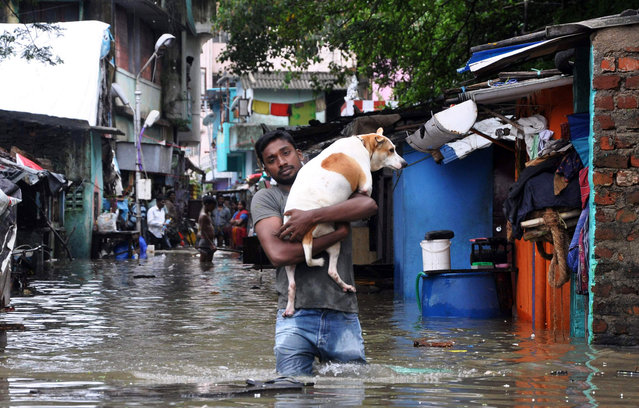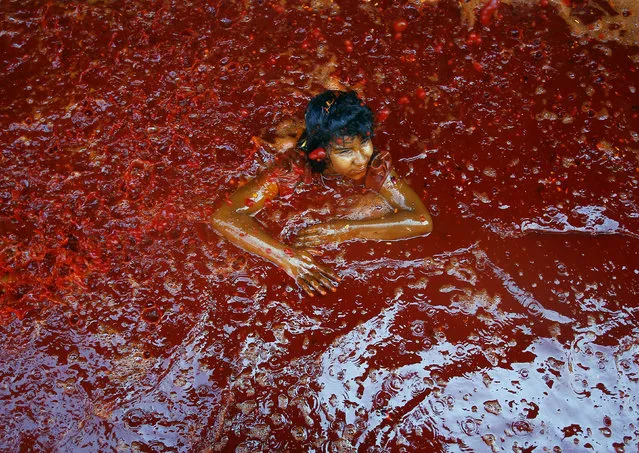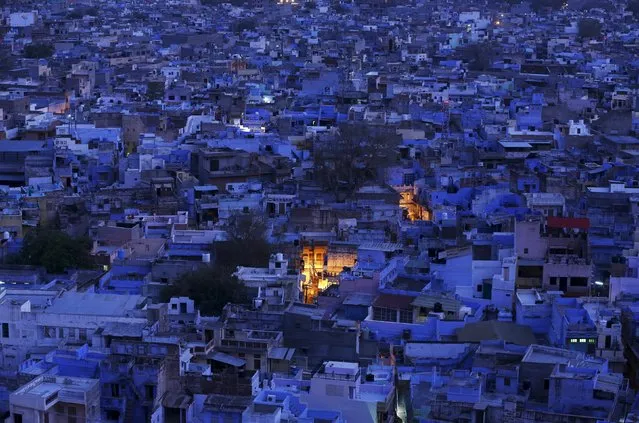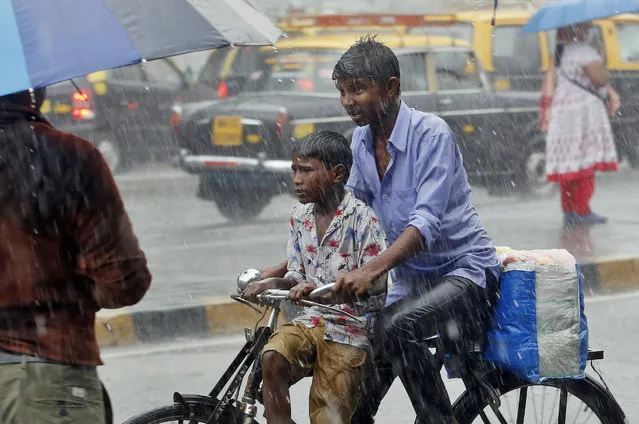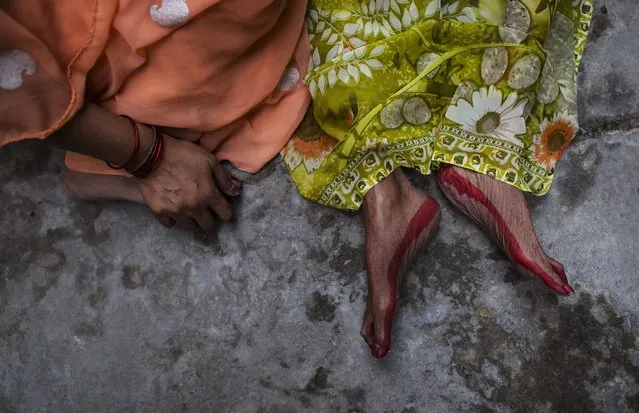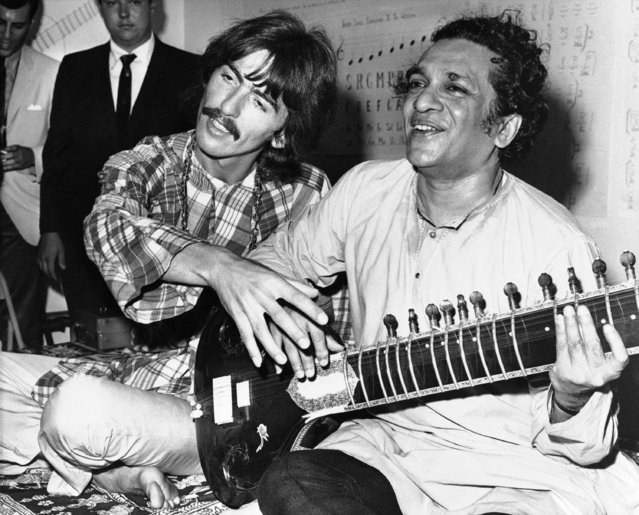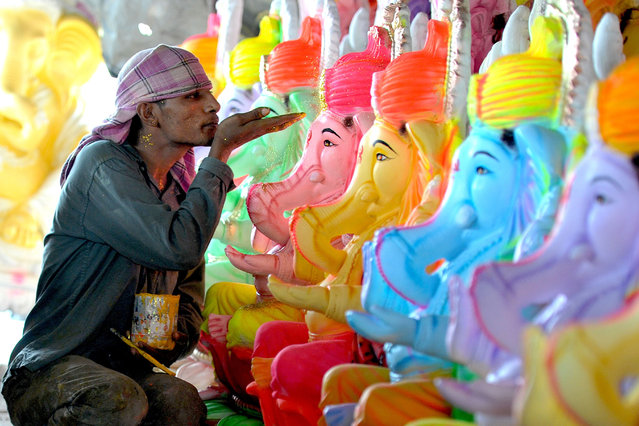
An Indian artists uses sparkles to decorate statues of the Hindu god Lord Ganesh ahead of the forthcoming Ganesh Chaturthi festival at a workshop in Hyderabad on August 29, 2016. The statues are being prepared for the Ganesh Chaturthi festival a popular eleven-day long Hindu religious festival in India which will be celebrated from September 5 to 15. (Photo by Noah Seelam/AFP Photo)
31 Aug 2016 11:54:00,post received
0 comments

